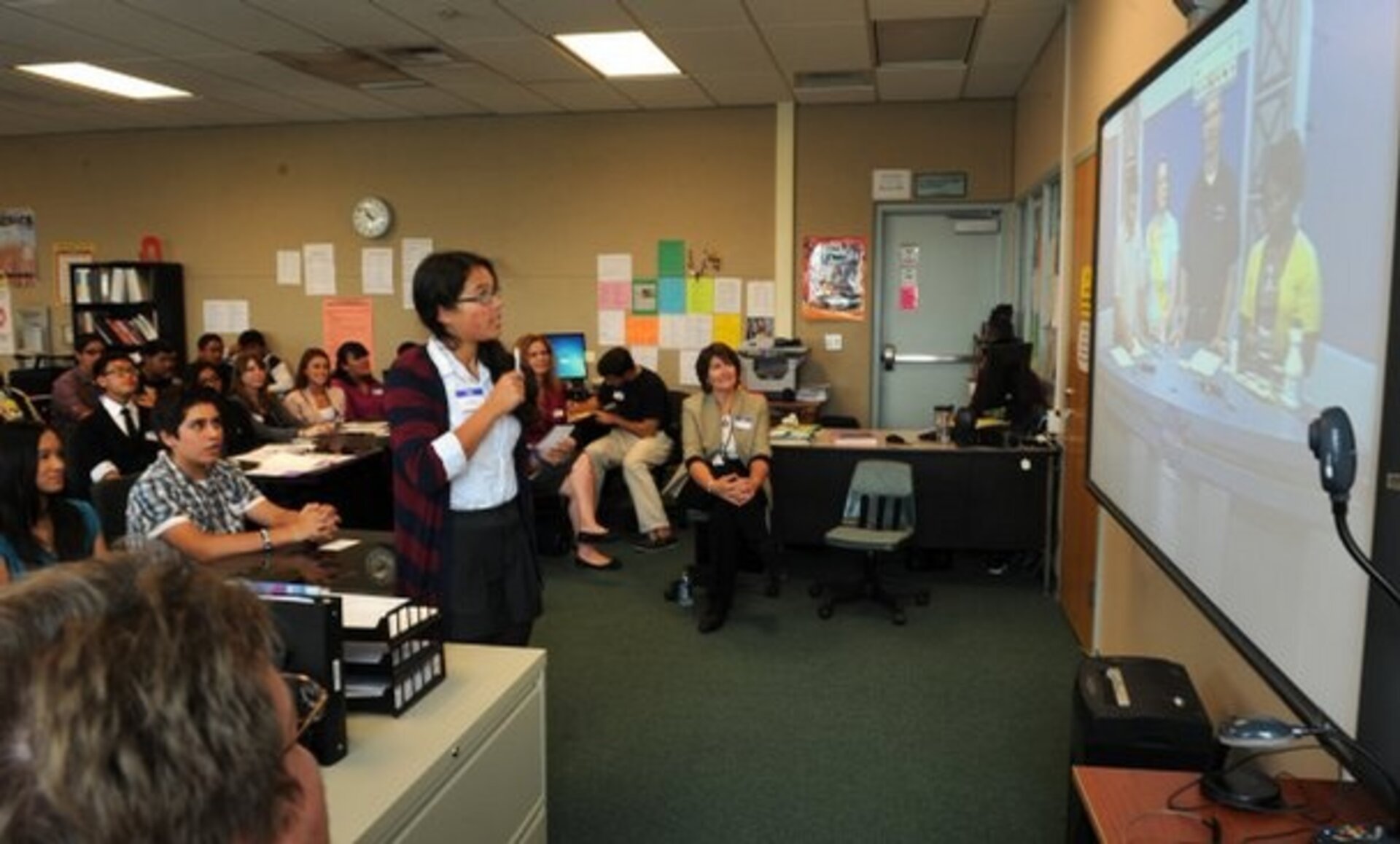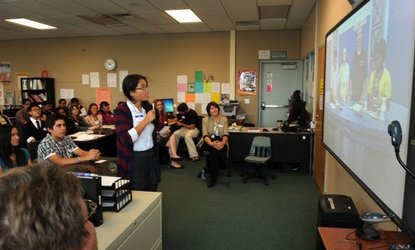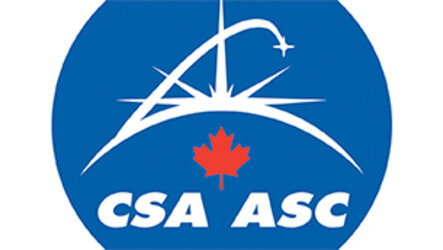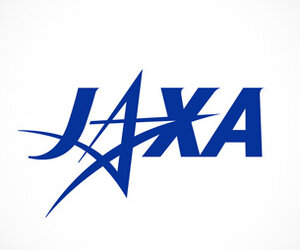Water: A Chemical Solution
Can you imagine not having access to safe and clean drinking water? Well, that is the plight of hundreds of millions of people around the world. One in eight people lacks access to this fundamental resource for human survival.
The most abundant substance on the Earth’s surface, water, H2O, is essential for life. It covers about 70 percent of the planet’s surface, and it makes up about 70 percent of the human body. Clean water is essential for human health and well-being.
Space engineers who design the International Space Station systems share the same need as those concerned about the lives of people in remote areas of Earth—to be innovative in developing ways to make this vital resource readily available. Thus, the goal of the 2011 Global Water Experiment is to educate students about the chemistry of water resources around the world and to increase awareness of how people in different environments use various methods to provide clean, safe drinking water.
The United Nations Educational, Scientific and Cultural Organization or UNESCO, in partnership with the International Union of Pure and Applied Chemistry, or IUPAC, designated 2011 as the International Year of Chemistry. As a part of the year-long activities, students across the world will sample water in their communities and conduct experiments to learn about our planet’s acidity levels, water salt content, and various water treatment, disinfection and salt removal method. The results will be used to build an interactive, global water data map.
The American Chemistry Society is sponsoring Water: A Chemical Solution, providing students in the United States with an opportunity to learn not only about the water challenges other people face, but to encourage interest and generate enthusiasm for chemistry among young people and to promote international cooperation toward a creative future for chemistry.
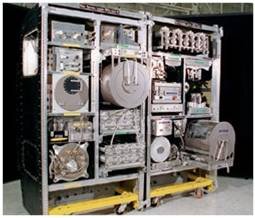
The experience helps students learn how the International Space Station water resources are managed and about the fundamental technology behind the station’s Environmental Control Life Support System. The system handles up to 23.2 pounds of condensate, crew urine and urinal flush water to produce a purified distillate. This distillate is combined with other wastewater sources collected from the crew and cabin and is processed, in turn, by a water processor assembly that ultimately produces drinking water for the crew.
The station’s water processor has an iodinated resin that is used in the filtration process. Iodine is added to the water to control the growth of microorganisms—in the same way chlorine is added to the water we drink at home. Iodine is used instead of chlorine because iodine is much easier to transport to orbit, and because it is less corrosive. This iodinated resin has been developed as a commercial water filtration solution for use in disaster and humanitarian relief zones in a number of countries throughout the world.
Water recycling is critical to reducing resupply requirements for human exploration in the extreme environment of space. As a result, students around the world who participate in this Global Water Experiment will also benefit from the knowledge of station’s system design as they learn to think critically about the natural world around them and about the most fundamental resource necessary for human survival.
Camille Alleyne
International Space Station Program Science Office
NASA Johnson Space Center


